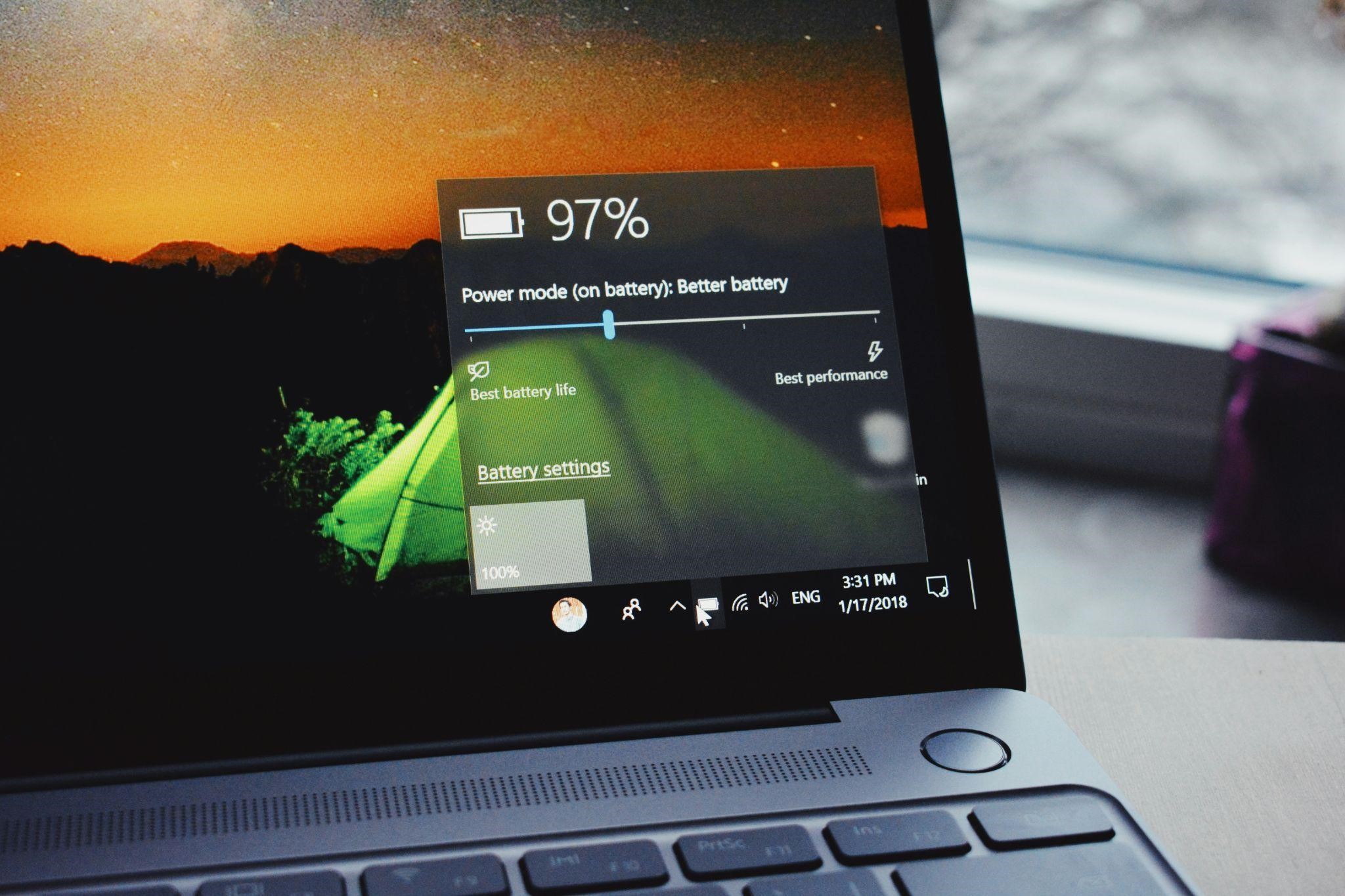As an important component of a laptop computer, its performance and life directly affect the user experience of the device. Correct maintenance methods can effectively extend the battery life and maintain good battery life.
1. Charging Tips
Avoid long-term charging: Although the battery management system of modern laptops is relatively advanced and can automatically stop charging, plugging the laptop into a power source for a long time will keep the battery in a state of continuous charging and accelerate battery aging. It is recommended to unplug the power plug in time after the battery is fully charged to allow the battery to discharge properly.
Avoid frequent shallow charging and shallow discharge: Try to avoid using it with only a small amount of power each time, and then charging a small amount again. It is recommended to charge the battery when the power is consumed to about 20% - 30%, and unplug the power source after it is fully charged, which will help extend the battery cycle life.
Use the original charger: The original charger has the highest matching degree with the laptop battery, and can provide a stable charging current and voltage to ensure safe battery charging. Using non-original or inferior chargers may cause unstable charging, and even cause dangerous situations such as battery overheating and bulging.
2. Use environment
Control temperature: The optimal operating temperature range of laptop batteries is generally between 15℃ - 25℃. When used in a high temperature environment, you should try to avoid long-term high-load operation. You can place the laptop in an environment with good heat dissipation, such as using a heat dissipation bracket. In a low temperature environment, the battery power consumption may accelerate. At this time, you can appropriately reduce the frequency of use and avoid long-term use in extremely low temperatures.
Avoid moisture: A humid environment may cause the battery to become damp, affect battery performance, and even cause dangerous situations such as short circuits. Laptops should be stored in a dry and well-ventilated place to avoid use and storage in a humid environment.
3. System settings and software optimization
Adjust screen brightness: Screen brightness is one of the important factors affecting power consumption. Adjusting the screen brightness to the highest may increase the power consumption rate by 30% - 50%. In daily use, you can appropriately reduce the screen brightness according to actual needs to reduce power consumption.
Close unnecessary background programs: Some unnecessary background programs and startup items will occupy system resources and increase power consumption. Viewing and closing unnecessary background programs through the task manager can effectively reduce power consumption.
Enable energy-saving mode: Most operating systems have built-in energy-saving mode. When energy-saving mode is enabled, the system automatically adjusts hardware settings to reduce power consumption and extend battery life. When high-performance hardware features are not used, you can choose to enable energy-saving mode.
4. Calibrate the battery regularly
Calibrate the laptop battery every 3-6 months. The specific method is: after the battery is fully charged, unplug the power plug and let the laptop run on battery power until the battery is completely exhausted and automatically shuts down, and then fully charge it. This can calibrate the battery's power metering system to make the displayed power more accurate.
5. Precautions for long-term storage
If you do not need to use the laptop for a long time, it is recommended to charge the battery to about 40%-60%, then remove it from the laptop and store it in a cool, dry, well-ventilated environment. Avoid storing the battery in places with high temperature, humidity or corrosive gases to avoid damage to the battery performance.
6. Battery replacement timing
When the laptop battery has the following conditions, you need to consider replacing the battery:
The battery life is greatly shortened: If the battery life drops to less than 30% - 40% of the original battery life, it means that the battery capacity has been seriously reduced and cannot meet normal use needs.
Battery bulging: Battery bulging is a manifestation of abnormal chemical reaction or physical damage inside the battery. At this time, the battery has safety hazards and may cause leakage, short circuit or even fire. Stop using it immediately and replace the battery.
Battery management system failure: If the battery cannot be charged normally, or abnormal conditions such as abnormal heating and flashing charging indicator light occur during charging, it may be that the battery management system has a fault. At this time, it is recommended to contact professional maintenance personnel for testing. If it is determined that it is a battery problem, it needs to be replaced in time.
The above maintenance methods can effectively extend the service life of the laptop battery, maintain good battery life, and keep your device in the best condition at all times.